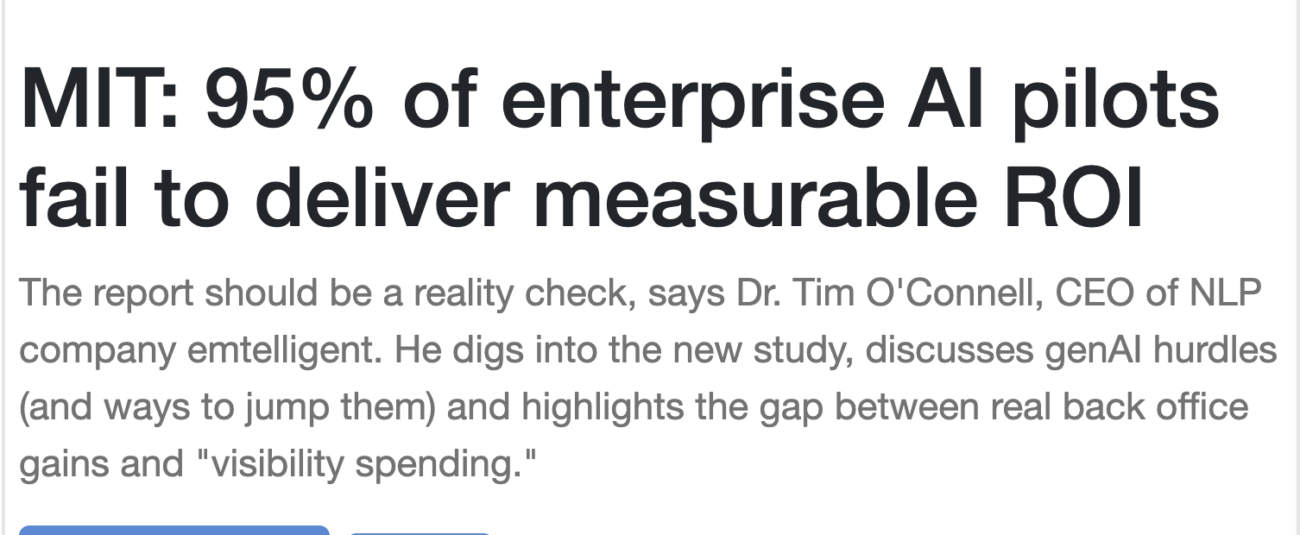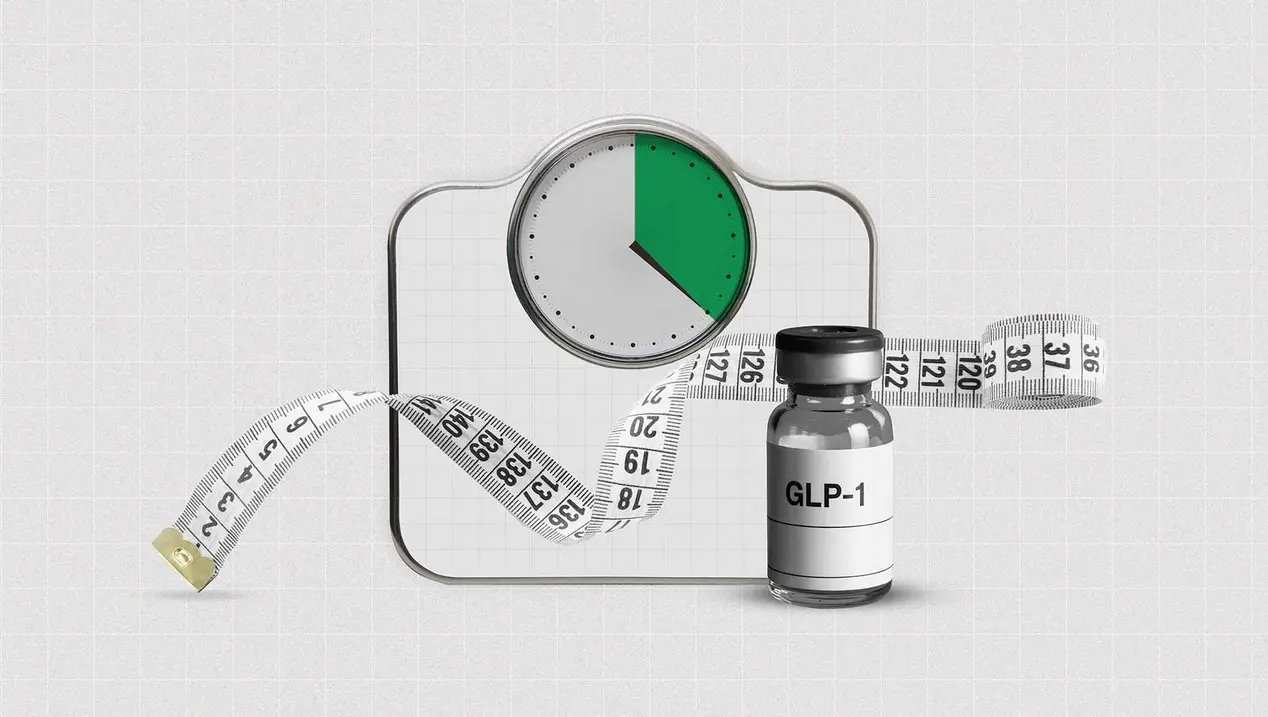The recent passage of President Trump’s major domestic agenda bill, referred to as “Big Beautiful Bill’ (BBB) means that there are major changes in how healthcare is paid for in the US. This is the most drastic change to healthcare coverage for millions of people since the “Affordable Care Act” (ACA) back in 2010. That legislation established the healthcare exchanges where people who were not covered by employer health insurance or by the government programs like Medicare, Medicaid, or the VA could buy coverage. If people met certain income thresholds, they could get significant government assistance for those premiums. Following the passage of the ACA, there was a significant drop in the number of the uninsured in America. It is important to note that the United States is the only country in the The OECD (Organization for Economic Co-operation and Development) that does not provide health coverage to all of its citizens. For the first time in history, the number of the uninsured in America dropped to lower than 10%.
What followed over the subsequent years was not unexpected to healthcare policy experts. As more people were insured, the overall cost of care came down and actually government expenditure on healthcare ended up being about a trillion dollars less than the forecasts. How’s that possible? Well, it’s actually quite simple. When people have healthcare coverage, they can be seen in an office setting for annual wellness visits, minor issues before they grow into bigger problems, and receive inexpensive screening and treatments for their high blood pressure, elevated cholesterol, colonoscopies, and more. When these issues go unaddressed because people can’t afford to be seen and managed, these easy to diagnose and manage issues can result in major and costly complications. Undiagnosed hypertension can result in stroke and untreated high cholesterol can result in heart attacks, dementia, and other problems.
Between the passage of the ACA and BBB, there was an expansion of Medicaid, the federal government providing healthcare coverage for the poor, during the pandemics. The Families First Coronavirus Response Act (FFCRA) provided a temporary 6.2 percentage point Federal Medical Assistance Percentage (FMAP) increase and required states to maintain enrollment of nearly all Medicaid enrollees. Additionally, many states took steps to expand coverage or reduce enrollment barriers for children. This was, in part, part of the government’s effort to ensure that people could receive any necessary medical service related to the pandemic, including testing, vaccines, ER visits, hospitalization, medications, etc. Following the passage of FFCRA, the percentage of Americans without health insurance fell to its lowest level on record of 7.7%. This was even more significant in light of the fact that there were major job losses during the pandemic and hence many people lost their employer-sponsored healthcare coverage. Unfortunately, in March 2023 The pandemic-related expansion of Medicaid benefits, specifically the continuous enrollment provision, ended. This resulted in an uptick in the number of uninsured, though the percentages stayed well under 10% in 2024.
With the passage of BBB in July 2025, a new era in the long saga of healthcare coverage in the United States has begun. Starting in 2027, many people who are currently eligible for Medicaid coverage will no longer qualify. The estimates are that between 10-15 million people will lose coverage. This will certainly push the percentage of the uninsured into the double digits again for the first time in a long time. More people will go without preventive care and start showing up in the emergency rooms for routine care. This is more expensive care and will drive up the short-term and long-term costs of care. Currently, US has the highest per capita expenditures of any OECD countries, and the worst outcomes! If you look at the graph, you can see that US is an outlier among advanced economies when it comes to healthcare spending and outcomes. While our per capita expenditure is way out off the chart, literally!, our life expectancy is among the lowest. As I mentioned earlier, lack of universal healthcare coverage contributes to this. We spend money on expensive care such as ER visits or dealing with complications of undiagnosed and untreated issues years later. Of course, when you have millions of people who do not receive preventive care, the financial cost of dealing with that later in life adds up, but it also means that the outcomes will be worse. Once diseases advance in our body, there’s only so much we can do.

Currently, there does not seem to be any plans to find another way to cover the people who will be losing their healthcare coverage. This will mean that those who are losing coverage will show up to the emergency rooms, clinics, and hospitals when they have to receive care and most will not be able to pay for that care. The consequences for those institutions are significant and can have a ripple effect for everyone. First, healthcare providers have limited options to collect on unpaid care other than turning them over to collection agencies. Also, there has been an attempt by Consumer Financial Protection Bureau (CFPB) to prevent medical debt to appear on the consumers’ credit report. That rule has been recently blocked by a judge but this remains an ongoing saga. Some states have their own laws that prevent credit agencies to include medical debt in consumer credit reports. Also, in many instances the consumers who have medical debt to healthcare providers negotiate plans for long-term repayment. This negatively impacts the bottom line of these institutions and in many instances it results in their inability to provide care to more people, fully staff different service lines, long wait times, lower expenditures on the latest technologies, and more.
With the prospect of large number of people losing coverage across communities around the country, healthcare providers have to start making plans for dealing with the consequences for their operations. Early indications are that most organizations are actively creating contingency plans that include scaling back services and restructuring their workforce, while others are expanding high-reimbursement lines (e.g., ambulatory elective surgery.) This also means that lower margin services will be scaled back, though in many cases, those service lines are highly in-demand. Examples include preventive care and primary care services.
In the next post, we delve more deeply into how providers and payers will potentially deal with the coming changes.





